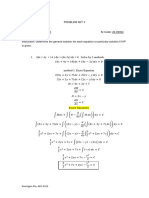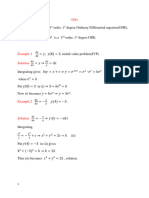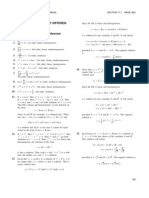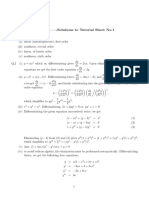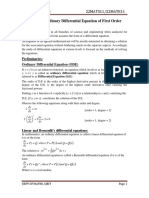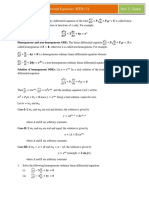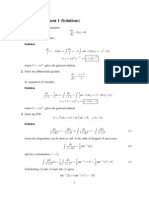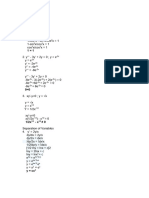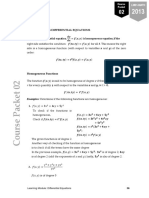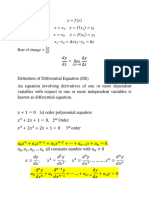0% found this document useful (0 votes)
37 views8 pagesProblem Set 2
The document contains four differential equations and asks to determine the type of each equation, solve for the general solution, and perform additional tests based on the type of equation. Steps are shown for analyzing and solving each of the four equations.
Uploaded by
22-09304Copyright
© © All Rights Reserved
We take content rights seriously. If you suspect this is your content, claim it here.
Available Formats
Download as PDF, TXT or read online on Scribd
0% found this document useful (0 votes)
37 views8 pagesProblem Set 2
The document contains four differential equations and asks to determine the type of each equation, solve for the general solution, and perform additional tests based on the type of equation. Steps are shown for analyzing and solving each of the four equations.
Uploaded by
22-09304Copyright
© © All Rights Reserved
We take content rights seriously. If you suspect this is your content, claim it here.
Available Formats
Download as PDF, TXT or read online on Scribd
/ 8
